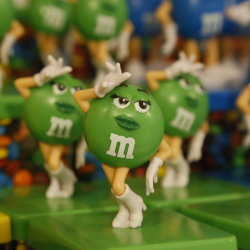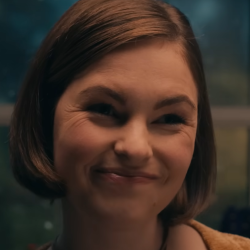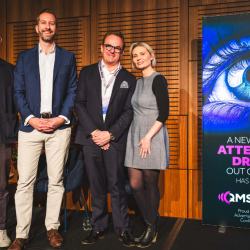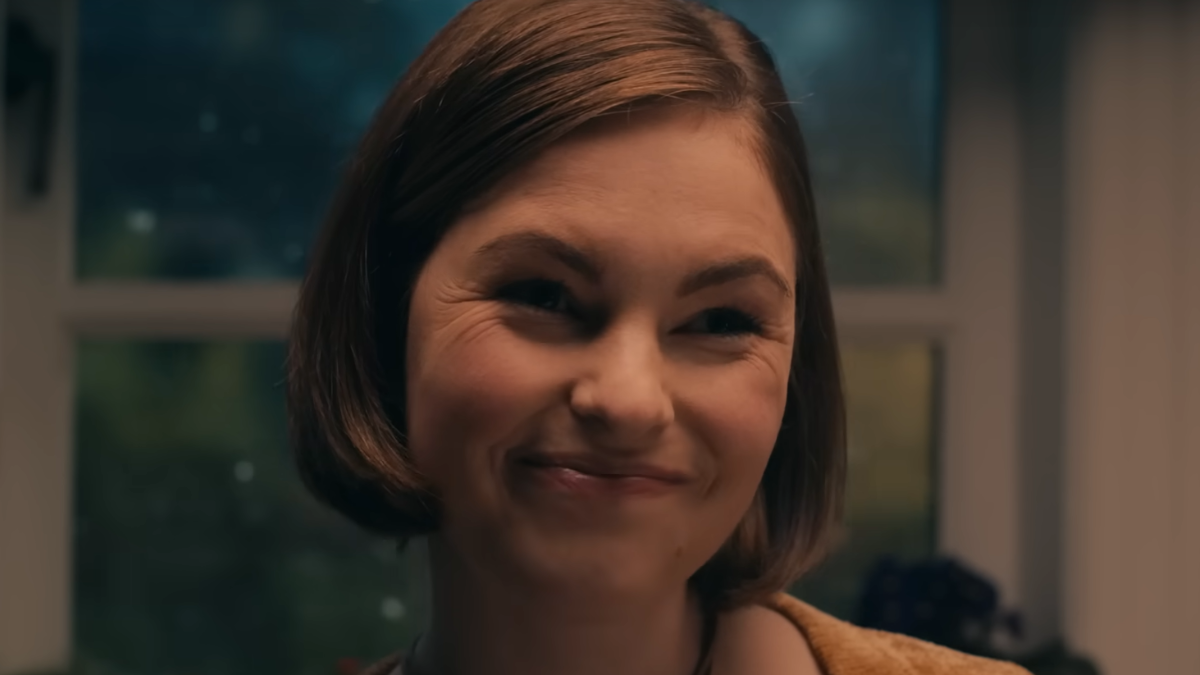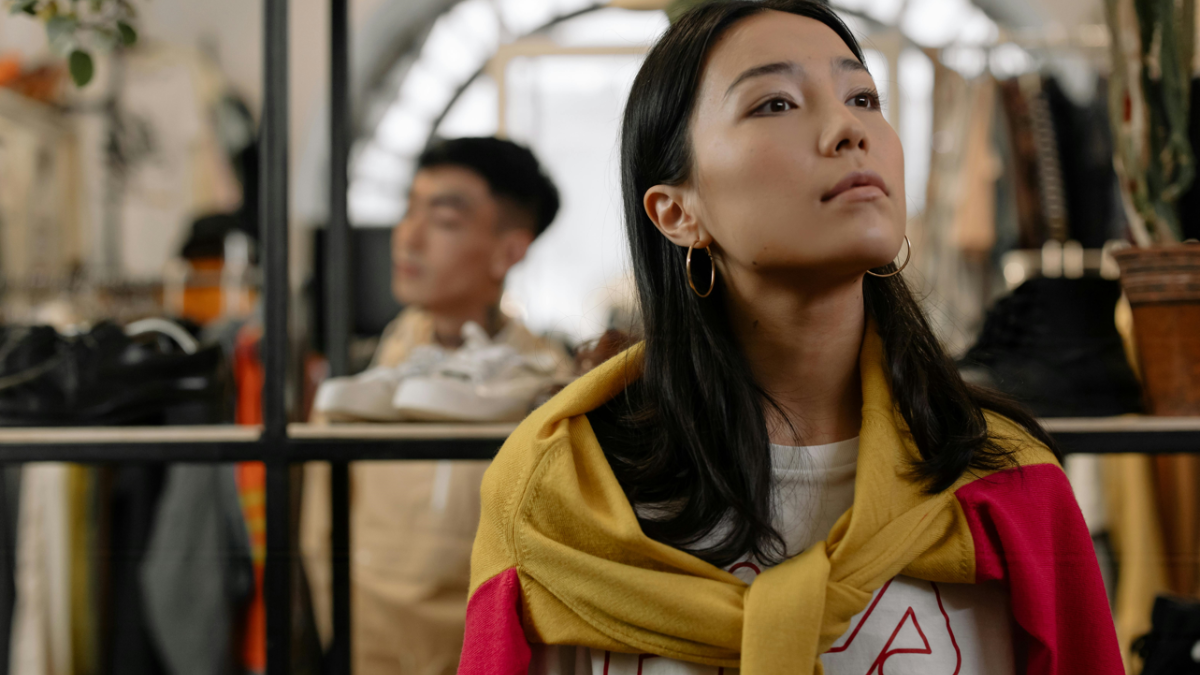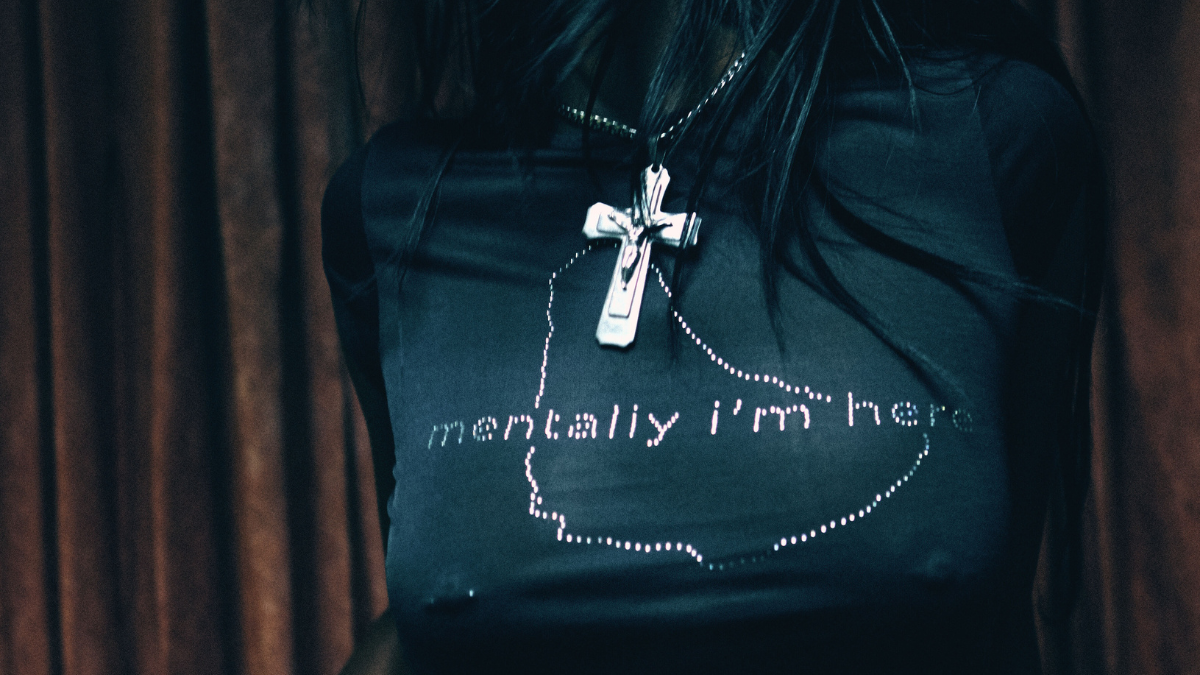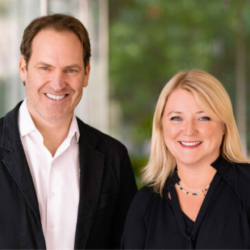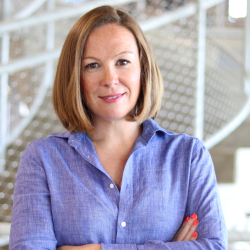The Wolff Olins consultancy has something of a mythical status in the brand and marketing community. This is helped, in part, by the forceful personality of Wally Olins, who co-founded the business in 1965 with designer, Michael Wolff. Both founders left the business in 2001 and 1983 respectively but, as in all the best succession stories, Wolff Olins has continued to go from strength to strength.
In fact, it’s testament to the consistency yet energy of the consultancy that its current CEO, Sairah Ashman, has been with the company some 27 years. In a profession known for marketers’ tendency to move on quickly and often, this is an impressive stretch.
“It has gone really fast. If it was boring and dull, I wouldn’t be there. Wolff Olins is constantly questioning and reinventing itself and that’s intrinsic to the place. That’s part of its spirit and its culture,” Ashman insists.
Role model
In the top spot since 2017, Ashman is the company’s first female CEO and it’s a responsibility she doesn’t take lightly. In 2012, she wrote, firmly: “Boardroom quotas for women are good for business and good for society […] I believe in quotas because I want to see change happen quickly.”
But while her drive to further the cause of women at the topflight is unquestionable, with roles on Omnicom’s Omniwomen initiative and TedX Women, she insists that it is up to the individual to take control of their career. She may help to open the doors, but it is up to others to walk through them.
“When I was asked for advice on developing a career, I reflected on the fact that you should never outsource that to anyone else. When you’re young, you hope a whole bunch of people are going to help you figure it out – it’s just not the case,” she warns.
Ashman does realise that, as one of the still relatively few female CEOs, she has a role to play in modelling the aspirations of up-and-coming marketers. “The answers lie in the gender journey I’ve been on. I looked around thinking there aren’t many women in senior positions around me. Fortunately, there were some – not many – and you’ve got to be able to see it to be it. And they’d had a rough time getting there. It’s the same kind of approach about ethnicity – you’ve got to have some people out there to aspire to,” she insists.
People not like us
Just because younger marketers need to take control of their careers and look to role models already in place, it doesn’t mean there isn’t still work to do. “The conversations that go ‘we can’t find people’ aren’t relevant. You’ve got to accept that the talent is out there. Move beyond that and ask why. You have to figure out not only how to find people but how you bring them together.”
Ashman also warns that leadership has to stop looking for ‘people like us’. “It’s an integration job. You can’t bring in different characters and say, ‘you have to behave like everyone else’. You’re creating something new, expanding types of thinking, backgrounds and experiences.”
A degree in digital sociology has influenced how Ashman approaches the diversity of talent, work and experience. “Digital sociology is obsessed with inequities. How does that change? In the UK, it’s about class, who gets the share of resources and how it helps or hinders. That’s one of the biggest levellers in society. When I think about the ethnicity situation, it’s really easy to lump a whole group of people as underprivileged. There is a big range of really successful black people. We’ve got to be careful how we paint people.”
The living, breathing brand
An obsession with people and what makes them tick isn’t just a human resources development strategy, it extends into the fabric of how Ashman and Wolff Olins as a consultancy approach the issue of the brand.
“We’ve always been crystal clear that organisations are living beings like humans. They need all the apparatus. If you’re trying to connect with an audience, they want to be able to relate to you and you’ve got to understand what you’re about as an organisation. Marketing and advertising are about activating that. This makes you part of society, rather than just flogging stuff.”
Could this view that brand is a holistic organism be at odds with the growing trend towards the analytical, rationalisation of marketing? When everything is so data-led and measured into the tiniest increment, do we get too far away from the fact that brand is so often greater than the sum of its parts?
“We go through these cycles where it’s religiously data-led and about incrementally improving performance. We’ve seen it with clients where everyone pulls back and goes ‘are we missing something here? What was our role again?’ – especially at a time like this.”
What’s needed in the world is not just going to be making things a bit better incrementally with data. We still need to use creativity to inspire big leaps forward.
Of course, successful brand building and stewardship is never a case of either/or. Without the data and analytics, companies would be floundering around making decisions based on little more than gut and guesswork. But with nothing but the numbers, it becomes a dry exercise in painting customers by numbers. It misses the essential capriciousness of the customer, who reserves the right to behave one way one day, and completely differently the next. And when it only boils down to a formula, where is the space for serendipity, the moment of magic?
Celebrate the maths and the magic
‘Maths and magic’ is indeed how a McKinsey partner once described Wolff Olins USP and it’s something Ashman knows very well. “There is often a gap to be bridged between hardcore business strategy and how you activate it in the world through marketing. It’s often a conceptual gap.”
“It’s really easy to list out what the operational strategy is for a business and make the case for change. It’s the rational and emotional coming together. To do that, it requires some gift. You need real skill to create that in a way that is big and meaningful.”
To illustrate her point, she reveals how the Orange brand was built, launching just as she first started at Wolff Olins. “People would rib you about why it was called Orange. The business was plugging away at all sorts of things but it identified that people weren’t buying technology, they were buying what it did for you.”
“At that time, Orange was doing something that grabbed your attention and was not just like anyone else wanting to sell a phone plan. It helped you connect with the people you love and was full of optimism for the future. It was recognising that you can’t do that unless you have both maths and magic.”
In a post-pandemic world, the aftershocks of COVID-19 are going to be felt for some years to come, both socially and economically. “The world is under pressure from all directions. Commercially and talent-wise, that can be really painful. It’s really important that we hang on to our optimism, energy and creativity.”
“What’s needed in the world is not just going to be making things a bit better incrementally with data. We still need to use creativity to inspire big leaps forward.”
Ashman is particularly concerned that we are, in some ways, trying to get too close to the customer and in doing so, lose perspective. “I worry we’ll become so personalised about everything that we lose sense of the bigger picture. We need to fly at two different altitudes. Serendipity is OK and if we don’t celebrate some of the maverick-ness and difference and keep that flame alive, everything is just going to become really boring and we’ll lose our imagination.”
There’s no suggestion that Ashman is off any time soon, but nevertheless she concludes: “I’ve had a really good career and I want to make sure [the business] is left in really good shape. It won’t be here in the future if we don’t do the right things now.”
